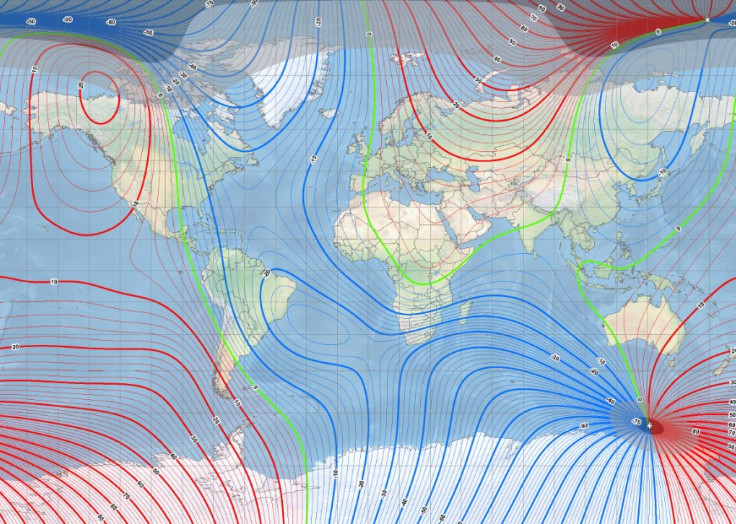2025-04-16
Culture
2024-11-18
1313 Read.

The magnetic North Pole, once stable near northern Canada, has shifted significantly toward Russia over the last few decades.
Scientists attribute this movement to dynamic changes in Earth's molten outer core.
Dr. William Brown, a geomagnetic field expert with the British Geological Survey (BGS), noted this drift has increased dramatically in recent years, sparking global interest.
The pole moved approximately 15 kilometers annually in the 1990s. By the early 2000s, this rate surged to 55 kilometers per year.
While the speed has slowed to about 25 kilometers annually since the 2010s, its trajectory toward Siberia continues, reshaping magnetic navigation systems.
Earth's magnetic field, generated by the movement of molten iron in its outer core, serves as a shield against solar winds and cosmic radiation.
This magnetic field also dictates the functionality of compasses and underpins navigation systems, from smartphones to military aircraft.
"The World Magnetic Model is embedded in nearly all navigation technologies, including smartphones, cars, and aircraft," Brown told the Independent.
Any disruption to the magnetic field or the pole's position could challenge these systems, potentially rendering traditional compasses and digital mapping tools inaccurate.
Earth's magnetic poles have a long history of reversals, with nearly 200 occurring in the past 100 million years. The last reversal happened about 800,000 years ago. Scientists believe fluctuations in temperature and liquid iron flow within the core drive these shifts.
While a complete pole reversal is not imminent, the current acceleration of the magnetic North Pole's drift is unprecedented. Changes in the magnetic field strength further complicate this phenomenon.

The World Magnetic Model, developed by the BGS and the National Oceanic and Atmospheric Administration, is a critical tool for adapting to these changes.
Updated every five years, the WMM adjusts navigation systems to account for the pole's movement.
"This model is crucial for maintaining accuracy in global navigation," Brown emphasized. It ensures that smartphones, GPS systems, and other technologies remain functional despite the pole's shifting location.
Read moreGreen Tech Pumps Water From Air At CESRussia's Luna-25 Probe Enters Moon Orbit'Very Worried': Scientists Fret As Antarctic Sea Ice Dwindles